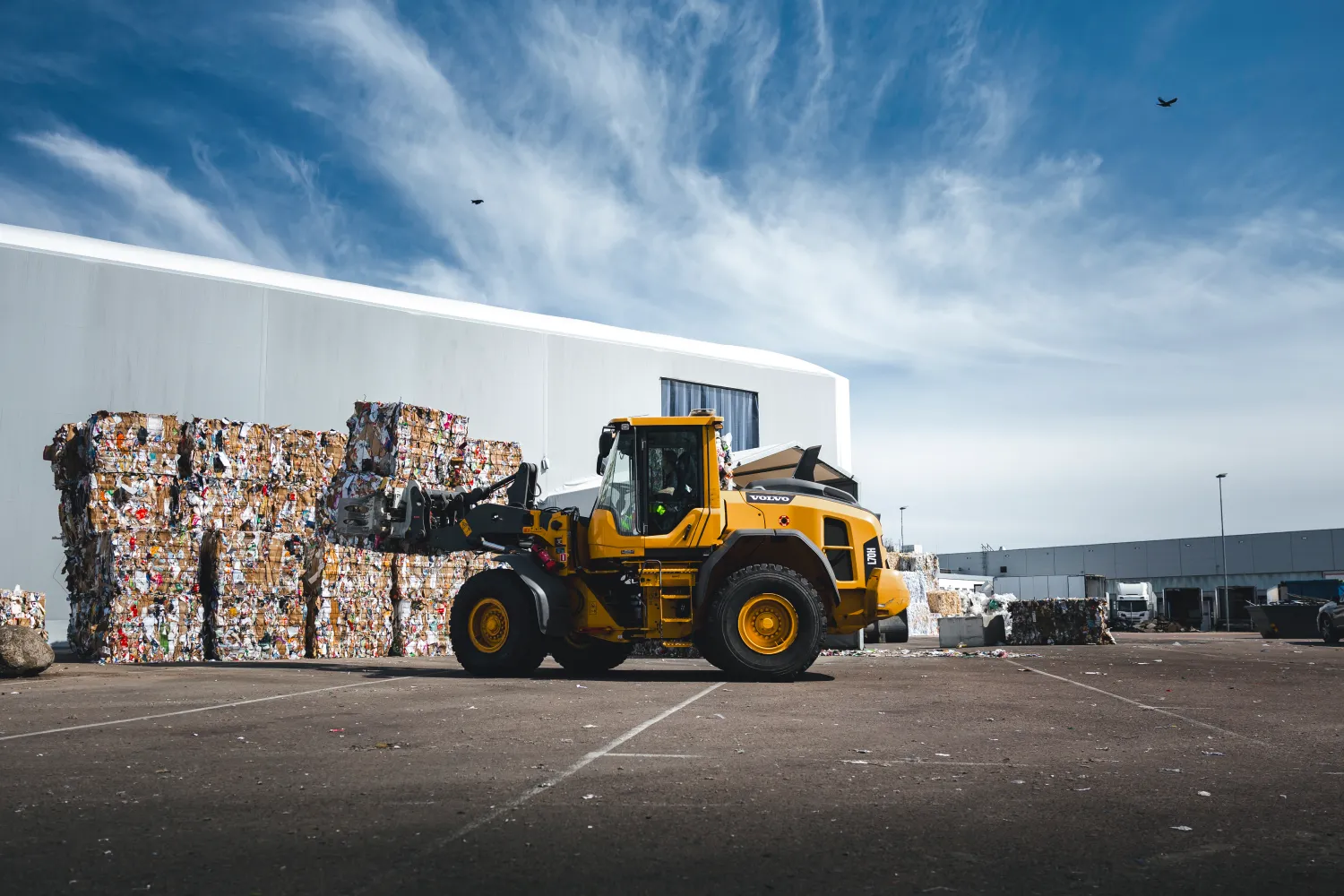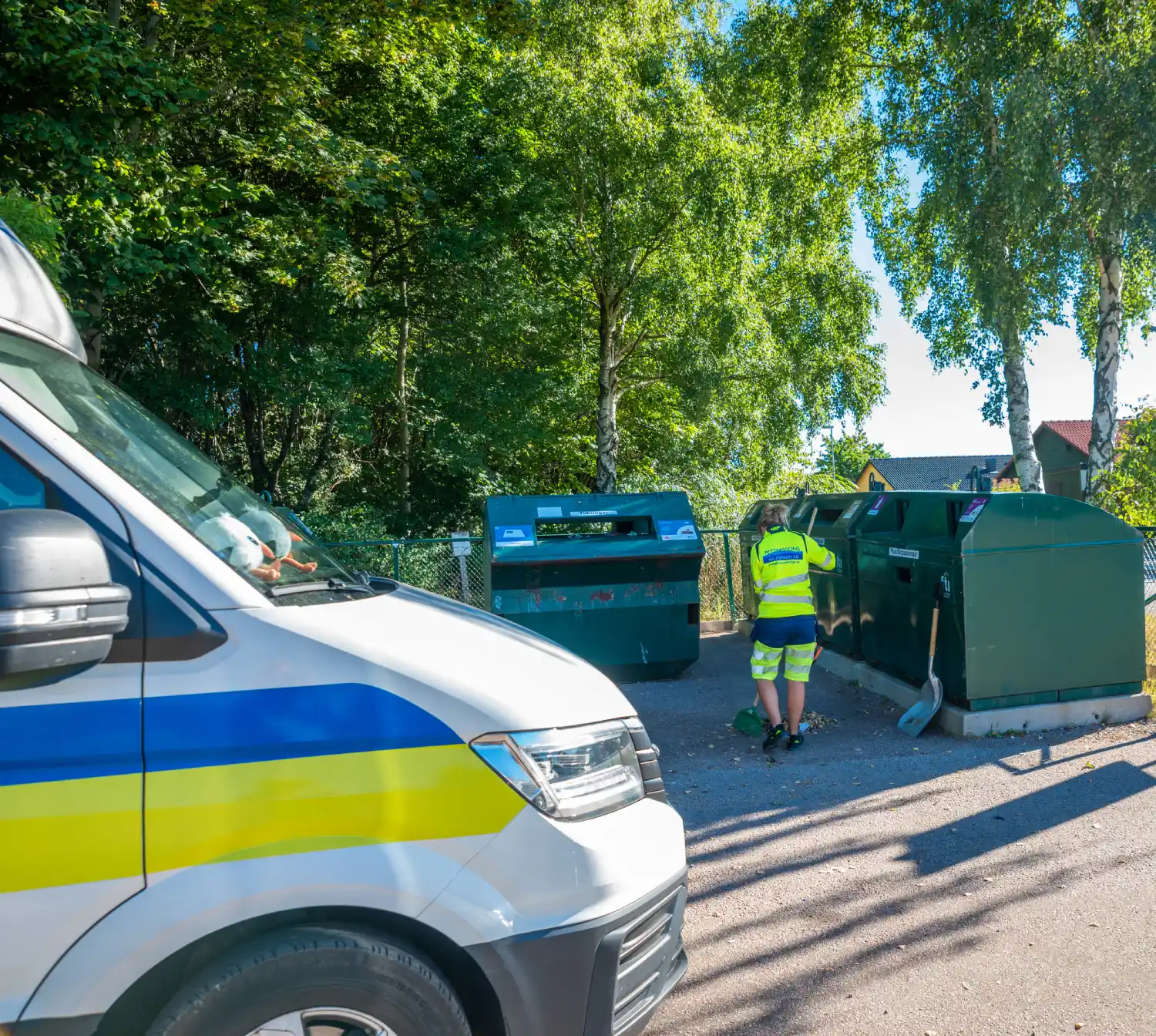Real-World Solutions for Recycling High Volumes Effectively
Real-World Solutions for Recycling High Volumes Effectively
Blog Article
Recycling in a world filled with diverse appearance materials poses equally opportunities and challenges. Today, customers and firms equally need more sustainable techniques while governments progressively implement stricter regulations for waste management. Nevertheless, the complexity of managing different presentation components suggests approaching unique recycling needs for every single type. This information requires a closer look at the recent traits, issues, and options in designing powerful Recycling (Återvinning) programs for diverse presentation materials.
The Complexity of Various Presentation Components
Presentation resources attended a long way from simple cardboard boxes. Today, they contain materials, glass, material, paperboard, and multi-layered composites, among others. Each kind comes having its special pair of recycling requirements. As an example:
Plastic: While plastic is light and tough, its numerous forms (like PET, HDPE, LDPE, and PVC) frequently involve split selection and control methods. Mismanagement may result in contamination and inefficiencies in recycling streams.

Material: Metal and jar drinks stay highly recyclable, but not without correct selecting to avoid contamination with non-recyclable metallic items.
Glass: Recycling glass requirements segregation by shade and special facilities to prevent dangers like fragmentation or contamination with ceramics.
Paperboard: Solid, coated paperboard packaging is recyclable oftentimes, however the large usage of glues or laminates may possibly hinder the process.
Multi-layer Packaging: This category creates probably the most substantial problem as it frequently combines components difficult to separate, such as metal and plastic layers in treat packaging.
With the worldwide economy making over 350 million tons of plastic annually, and presentation in charge of almost 40% of their application, addressing that difficulty is important to achieving larger recycling rates.
Limitations in Tailoring Recycling Systems
Among the greatest difficulties in recycling applications is contamination, specially when varied components are disposed of together. For instance, when food residue sticks to recycled parts or damaged glass mixes with report, the efficiency of recycling procedures lowers significantly. A lack of standardized labeling techniques also confuses customers and effects in improper spend sorting.
Additionally, fragmented infrastructure plays a role in the issue. Some municipalities lack services to process complex components like multi-layer appearance or particular parts, creating recycling impractical for these items.
Towards a Round Economy with Designed Answers
Creating an effective recycling process to take care of different appearance components requires creativity and collaboration. Governments, firms, and people have to function in stance:
Government Initiatives: Applying Extensive Company Obligation (EPR) policies may encourage companies to design presentation that is easier to recycle.

Modern Technologies: Compound recycling methods, like depolymerization for materials, may breakdown hard-to-recycle materials for greater recovery rates.
Client Knowledge: Promoting clear recycling behaviors and distinct labeling may somewhat lower contamination in recycling streams.
Investments in modernizing spend management infrastructure may play an essential role, along side continuous study in to biodegradable and reusable packaging solutions.
A Route Forward
The variety in packaging materials may be a challenge, but inaddition it gift suggestions a way to improve recycling methods and techniques. A combination of technical breakthroughs, regulatory procedures, and consumer awareness can drive the move to a more sustainable, circular economy. Handling the unique recycling requirements of diverse components is no further an alternative but essential to beat reference depletion and defend the planet. By tackling these problems strategically, worldwide communities may guarantee long-term environmental viability.
Report this page